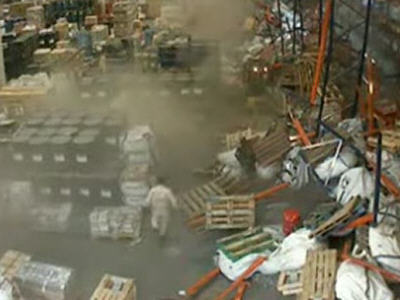After more than a year of thorough investigation, it was found that the cause of the explosion at the nuclear waste treatment plant was 'sand in the cat litter box'.

By
On February 14, 2014, an explosion occurred at the Nuclear Waste Isolation Test Facility (WIPP) in New Mexico, and radioactive leaks were detected in the nuclear waste stored in the facility, and several people working at the facility There was an accident of internal exposure. The United States Department of Energy has been thoroughly investigating this explosion for over a year, but finally released a 277-page report summarizing the findings, and the cause of the explosion is used for cat litter. It became clear that it was ' cat sand '.
Microsoft Word --2015-03-17_FINALRev0_SRNL-RP-2014-01198c --MARCH 2015 --FINAL TECHNICAL ASSESSMENT TEAM REPORT.pdf
(PDF note) http://energy.gov/sites/prod/files/2015/03/f20/MARCH%202015%20-%20FINAL%20TECHNICAL%20ASSESSMENT%20TEAM%20REPORT.pdf
Official Report: Nuclear Waste Accident Caused By Wrong Cat Litter: The Two-Way: NPR
http://www.npr.org/blogs/thetwo-way/2015/03/26/395615637/official-report-nuclear-waste-accident-caused-by-wrong-kitty-litter

WIPP, where the explosion occurred, is the oldest nuclear waste storage facility in the United States. Most of the stored nuclear waste is spent plutonium used in defense-related research and the manufacture of nuclear weapons.
Nuclear waste stored at the facility is transported by truck.
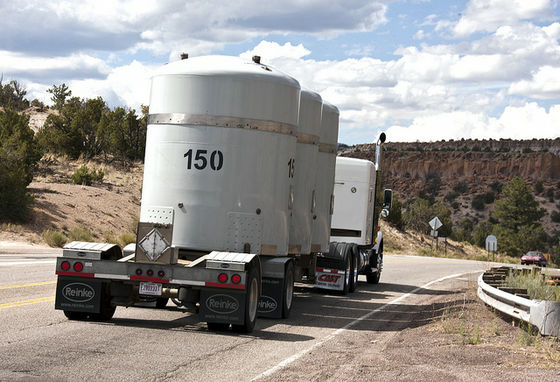
By
A flock of trucks carrying nuclear waste.

By
Inside the facility, drums filled with nuclear waste are transported to the storage by a forklift.
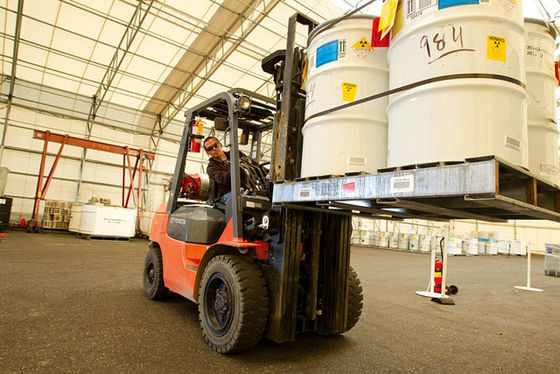
By Los Alamos National Laboratory
The storage space for nuclear waste is located in the ancient salt dome, which is 655 meters underground.
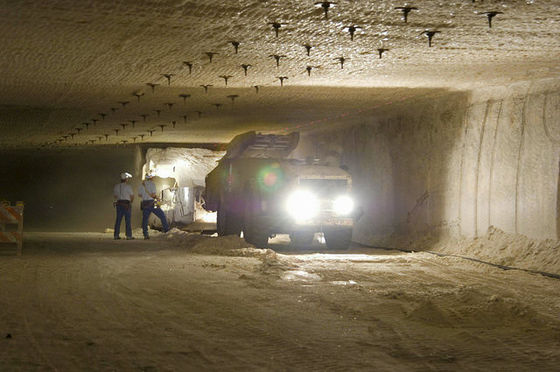
By
The actual storage space looks like this, and it seems that multiple drums are stored in piles.

By
According to a US Department of Energy study, the explosion at WIPP was found to be a nuclear waste explosion in a drum numbered '68660'.
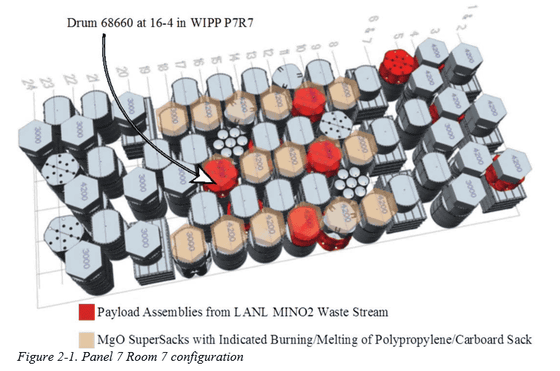
'68660' drums after the explosion.

The American national research institute '
Normally, cat sand made of inorganic substances is used to dispose of nuclear waste, but one researcher working at the Los Alamos National Laboratory used cat sand from ' Swheat Scoop ' one day. When it was processed, it was made of organic material, so it seems that the drum cans exploded in the storage at a later date.
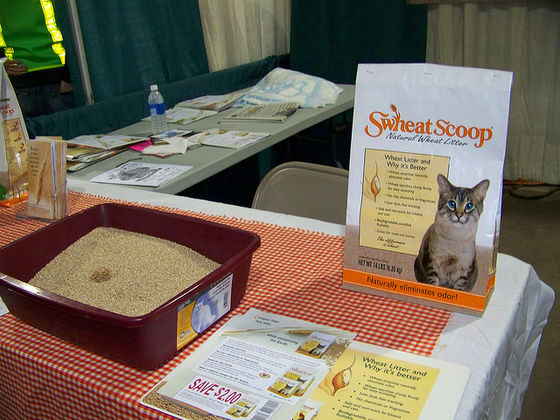
By
According to the report, 'We conducted an experiment to combine a wide variety of nitrates and waste, and found that when Swheat Scoop, nitric acid, and oxalate were mixed, the waste generated heat and the temperature rose to nearly 100 degrees. As a result of conducting a thermal runaway simulation with a computer based on this information, it became clear that these mixed drum cans would explode in about 70 days, which is the actual fact that the drum can labeled '68660' exploded. The content was consistent with the data from the explosion accident. '
Inside the drum was a liquid called KolorSafe containing nitrate, Swheat Scoop, and triethanolamine, a solid waste, and a neutralizing liquid.
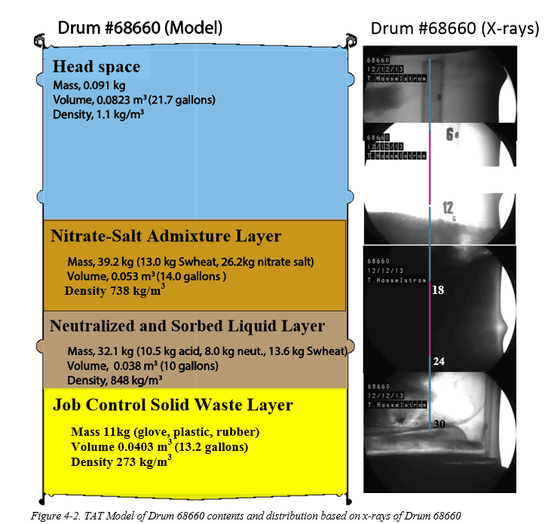
After 70 days, the temperature of the center of the drum became over 250 degrees Celsius, and it finally exploded.
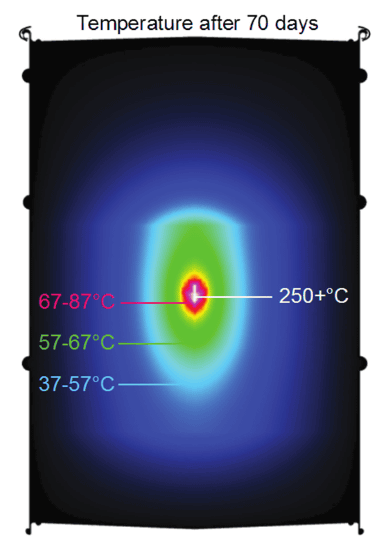
The United States Department of Energy is hoping to restart WIPP around the beginning of 2016.
Related Posts:
in Science, Posted by logu_ii




